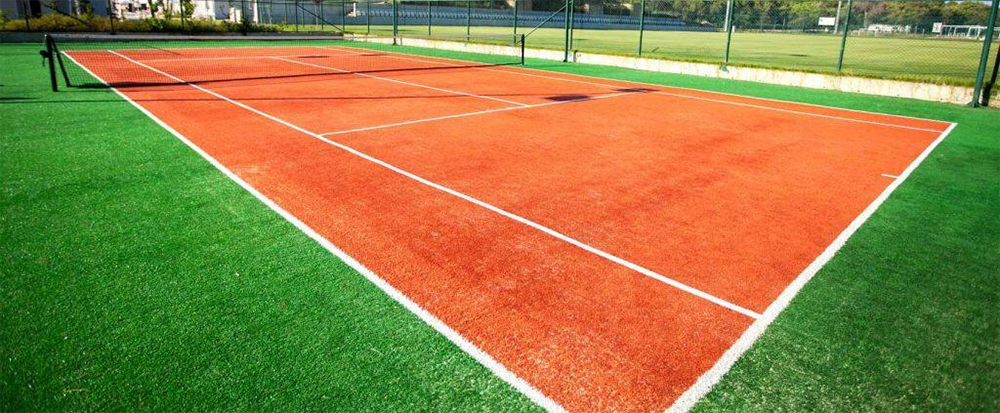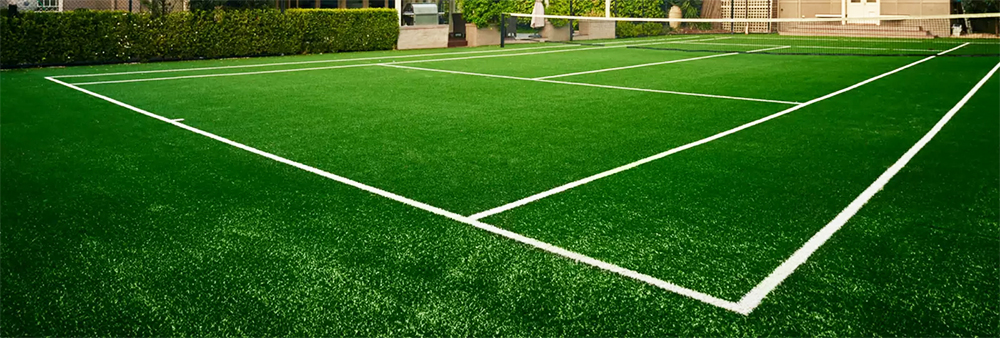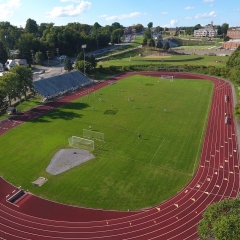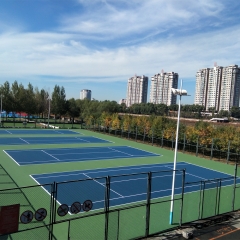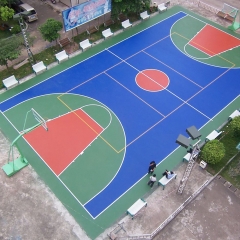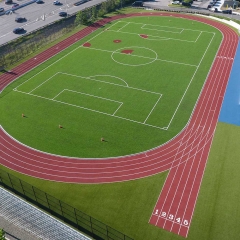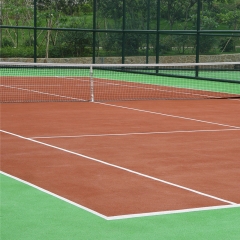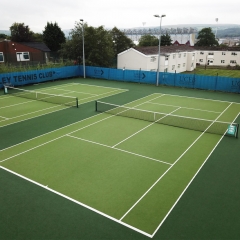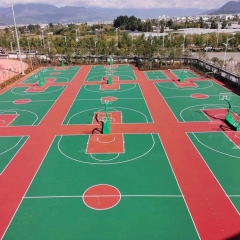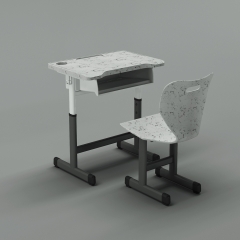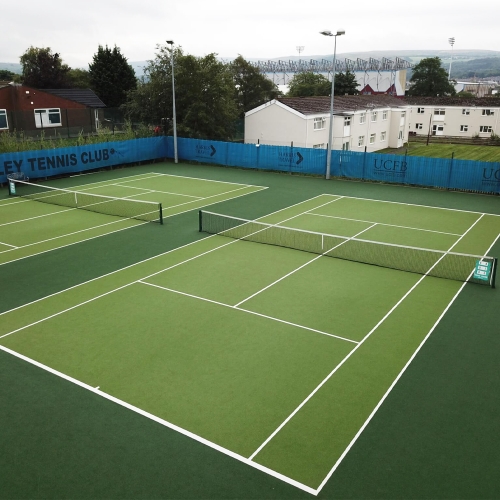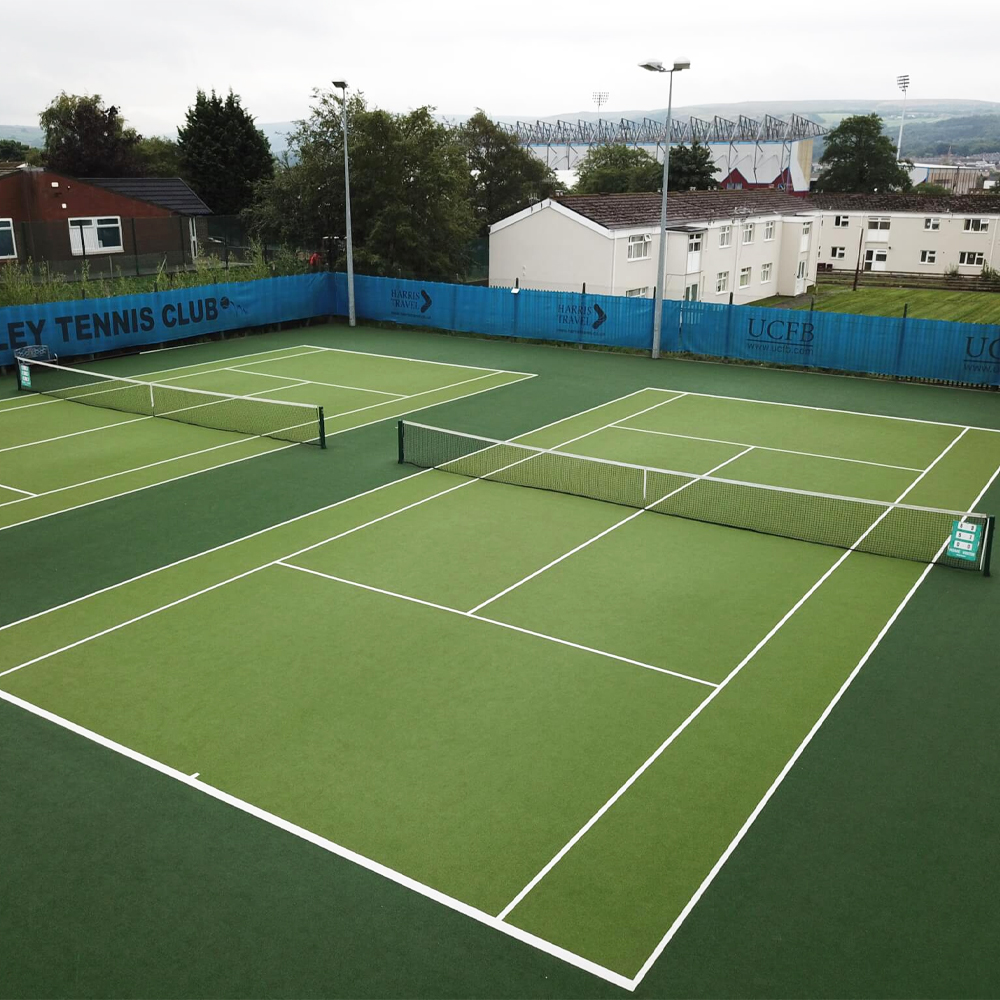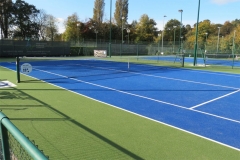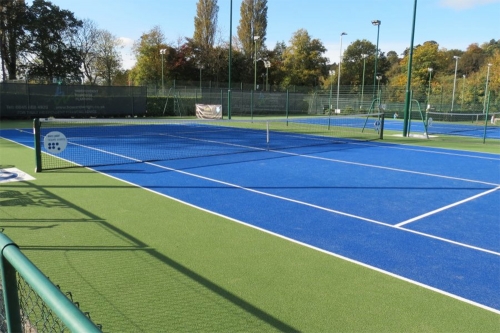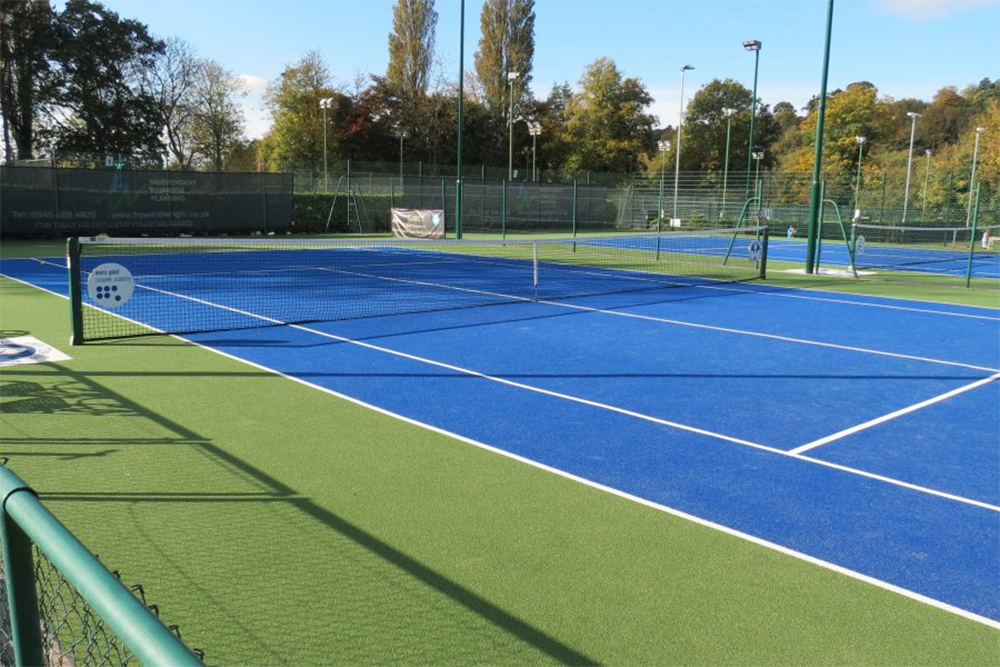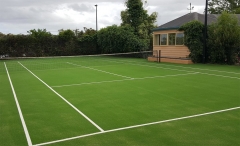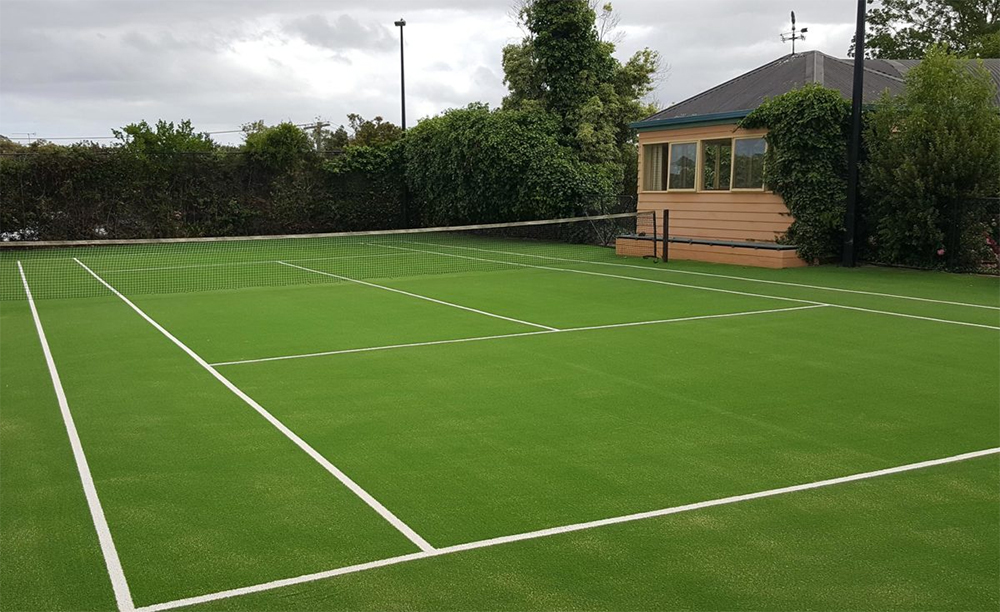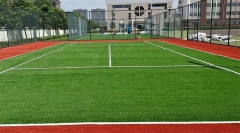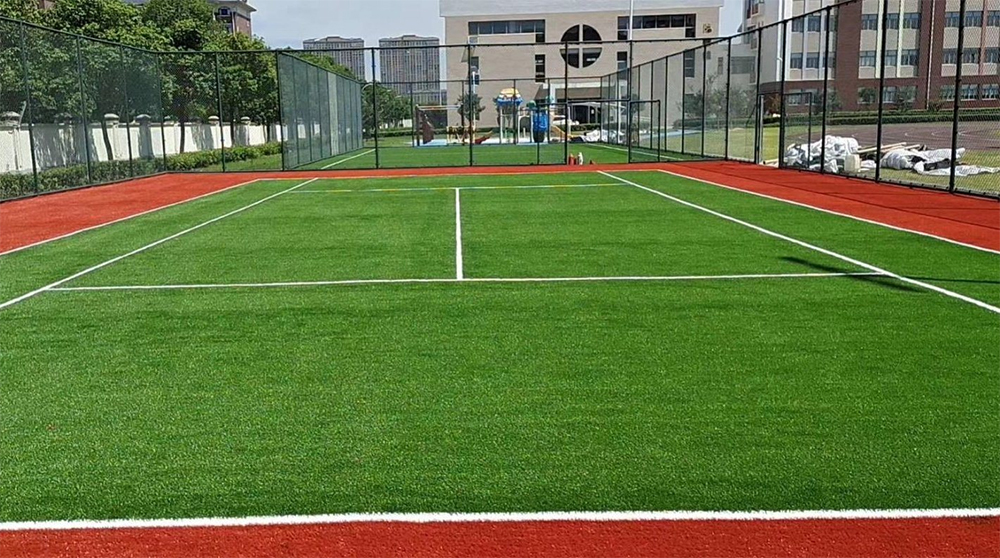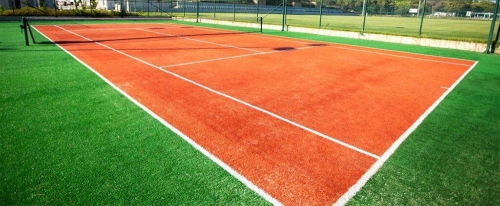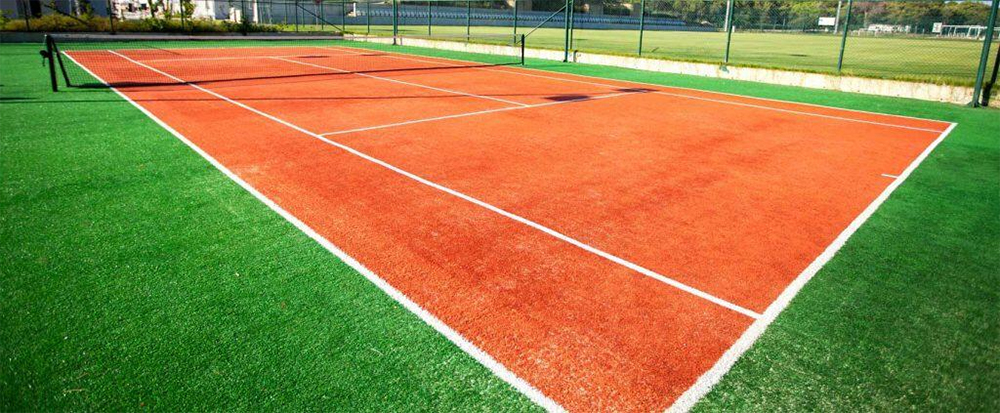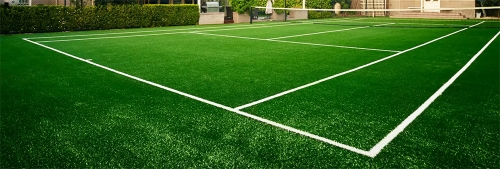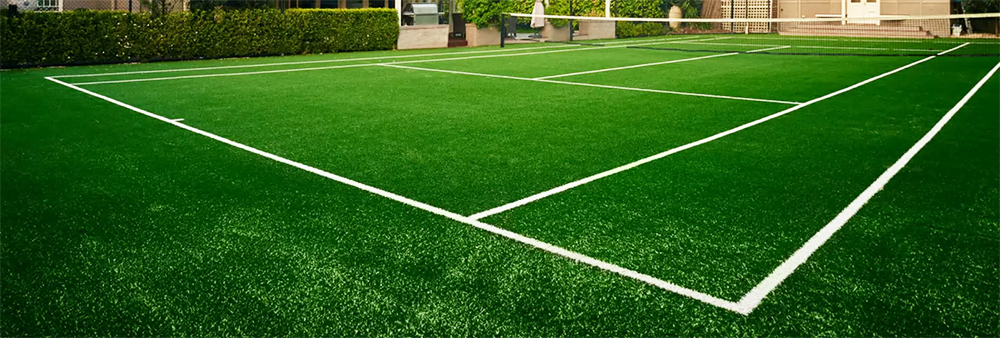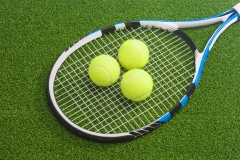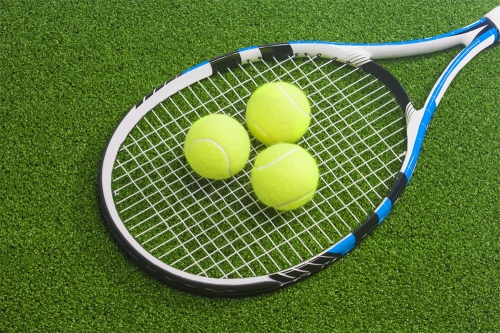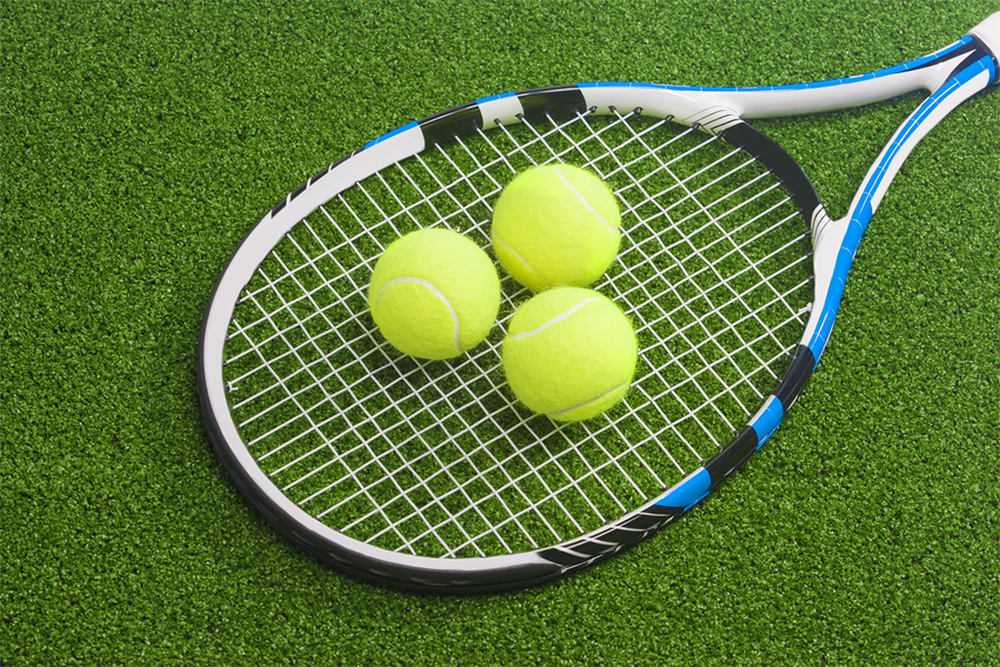人造草网球场
人造草适用范围广、绒密度高、经久耐用,其性能优点已经得到广泛认可。草皮采用草簇编织结构,首层底部采用聚丙烯材料编织,第二层底部采用专业胶水涂覆,保证产品的强度及而用性。
人造草是市场上绒密度最高的草皮,适用于网球场、棒球、橄榄球场、足球场、曲棍球场、垒球场、田径场以及其他各类运动场地,同时也是操场、练习场、体育课、军训和其它室内外活动的理想草皮。
人造草是市场上绒密度最高的草皮,适用于网球场、棒球、橄榄球场、足球场、曲棍球场、垒球场、田径场以及其他各类运动场地,同时也是操场、练习场、体育课、军训和其它室内外活动的理想草皮。
描述
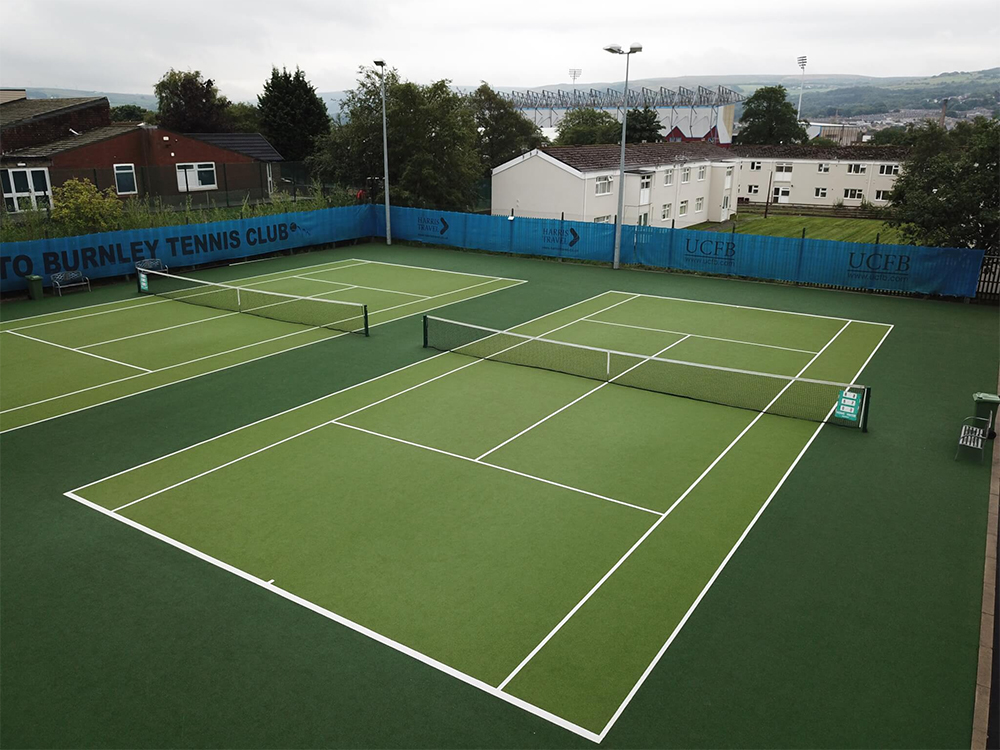

artificial grass
Artificial grass has a wide range of applications, high velvet density and durability, and its performance advantages have been widely recognized. The turf adopts grass tuft weaving structure, the bottom of the first layer is woven with polypropylene material, and the bottom of the second layer is coated with professional glue to ensure the strength and usability of the product.
Artificial grass is the turf with the highest velvet density on the market. It is suitable for tennis courts, baseball fields, football fields, football fields, hockey fields, softball fields, track and field fields and other sports fields. It is also a playground, driving range, physical education class, military training Ideal turf for indoor and outdoor activities.
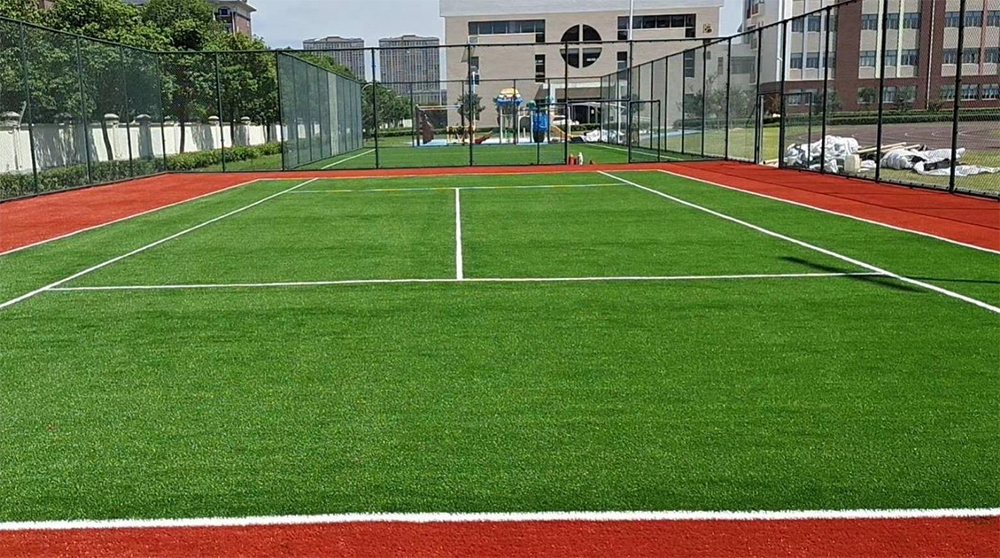
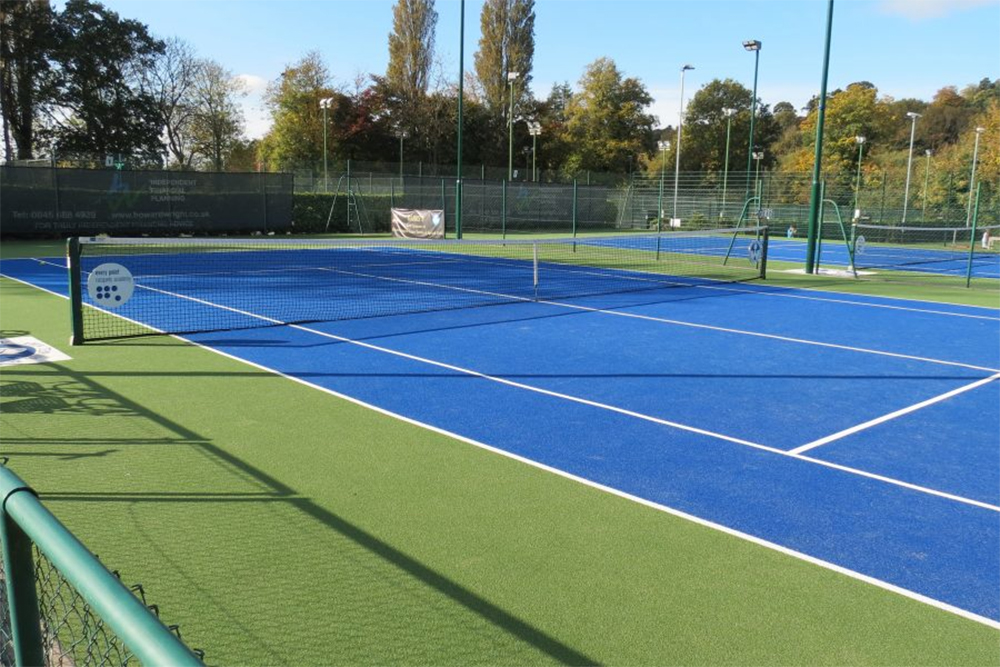
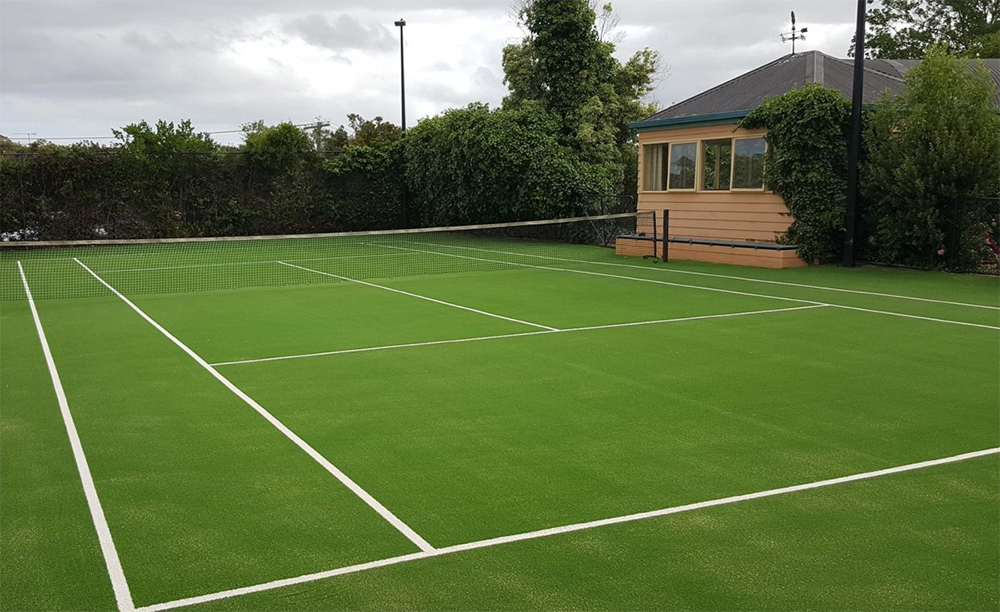
There are three types of tennis court structures, namely all-weather tennis courts, soil tennis courts, and natural turf courts. With the use of artificial turf, major sports venues generally use artificial turf to pave the ground, and artificial turf paving in sports venues is still a trend.
Types of tennis court structures and construction points of artificial turf tennis courts
Soil tennis courts are composed of three-heaped clay courts and fired clay courts. At present, soil tennis courts and natural tennis courts are rarely used. The natural tennis court is slippery because of the slippery ground, and the economic cost of natural lawn maintenance is too high. Therefore, the tennis court material needs to be easy to step on.
However, all-weather tennis court paving has become the first choice for tennis court paving. All-weather tennis court materials are diverse, including rubber and polyurethane-based courts, asphalt materials, acrylic materials and artificial turf ground materials.
The construction of various materials in the all-weather tennis court has its own advantages and differences. Such as acrylic tennis court, the construction of the site is relatively simple. The advantage of acrylic material is that it has good adhesion with the asphalt concrete base, and will not be peeled or cracked due to long-term or weather changes. The surface is highly abrasive and is most suitable for Public venues and school venues with high frequency.
All-weather polyurethane tennis court, easy to construct. It can be laid on the construction site. Due to the characteristics of polyurethane itself, it can change naturally under the influence of external temperature changes during cold and summer periods, and it has the advantages of wear resistance, drug resistance, and durability. However, the requirements for the base are higher, and the construction of the base is more complicated.
There are many construction steps for the base of tennis courts, including asphalt concrete base, cement concrete base, inorganic binder base, natural sand base, soil base, etc. This article will not explain the construction steps of the base in detail. The following focuses on explaining another venue material for all-weather tennis courts---artificial turf material.
Artificial turf tennis courts are suitable for paving indoor and outdoor tennis courts. The main points of the construction process of artificial turf paving for tennis courts. For setting out the construction site, first determine the vertical center line of the site, then determine the horizontal center line, the two lines intersect at right angles, and finally determine the four corners of the site. During the site review and measurement, in addition to the qualified dimensions of the four sides, it is necessary to check whether the four corners are perpendicular to 90°, and at the same time, use the distance between the two diagonals to verify whether the diagonals are equal.
In addition, in order to facilitate the drainage of the artificial turf tennis court, the site can be designed with a transverse slope of no more than 0.5%, and the water will be drained into the open ditch around the site, and then drained into the rainwater trunk line through the back pipe. Therefore, the paving of artificial turf for tennis courts should be strictly implemented in accordance with the construction points.
